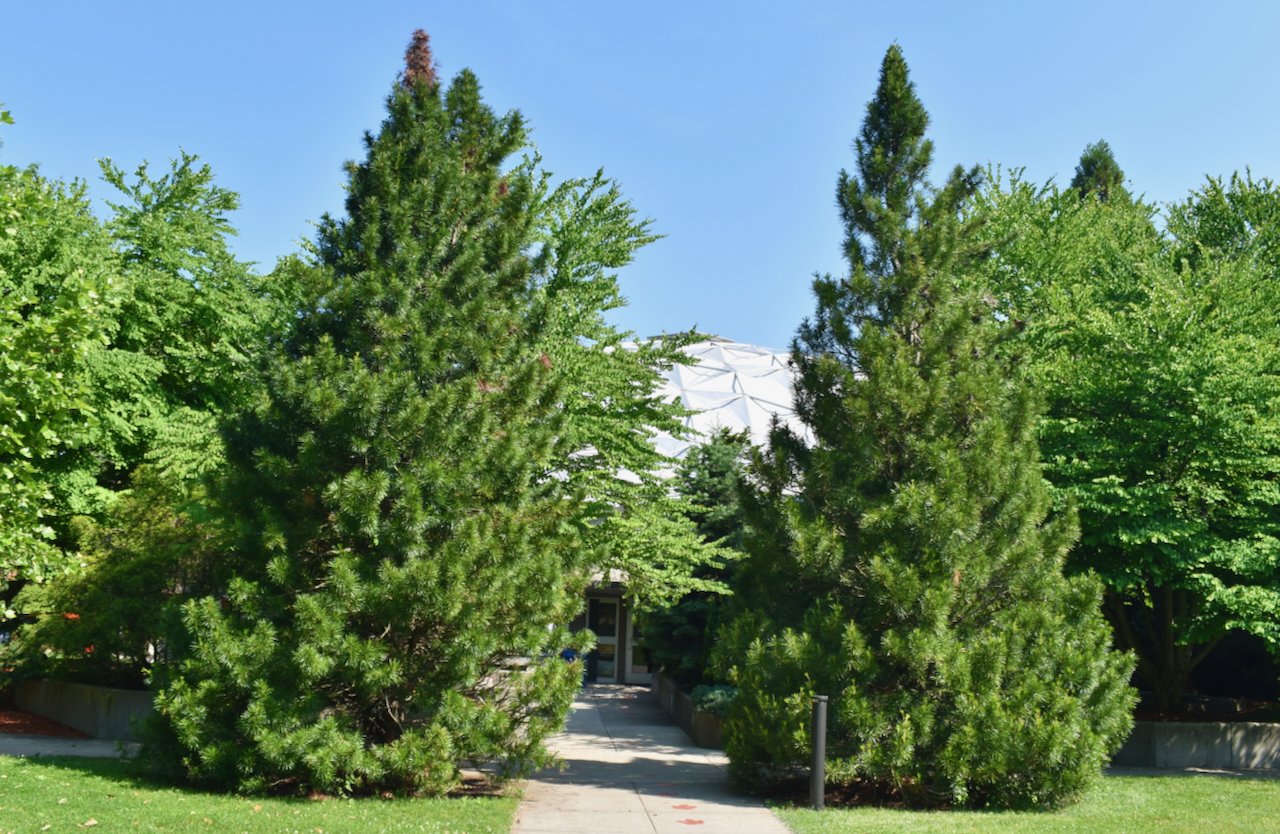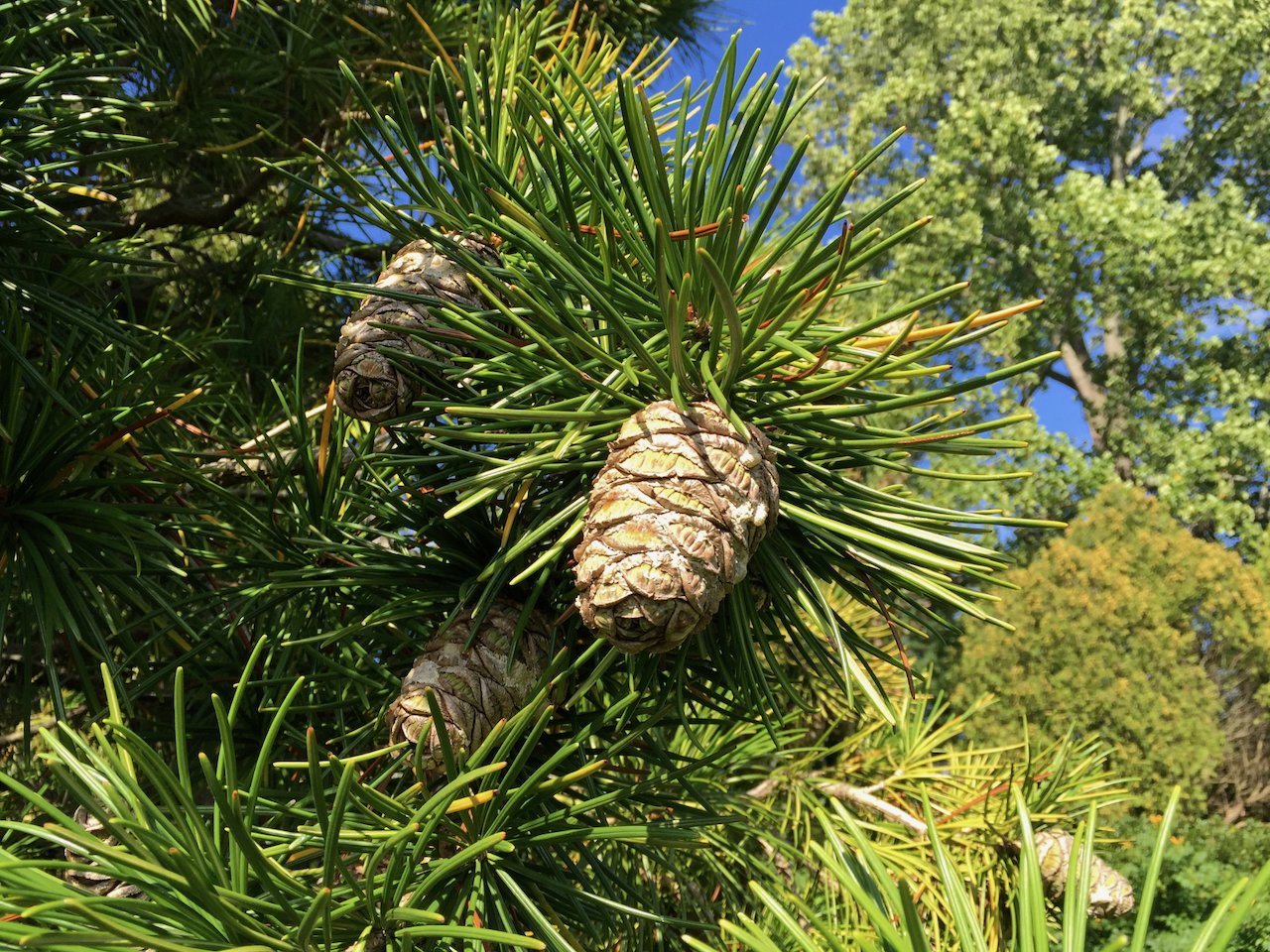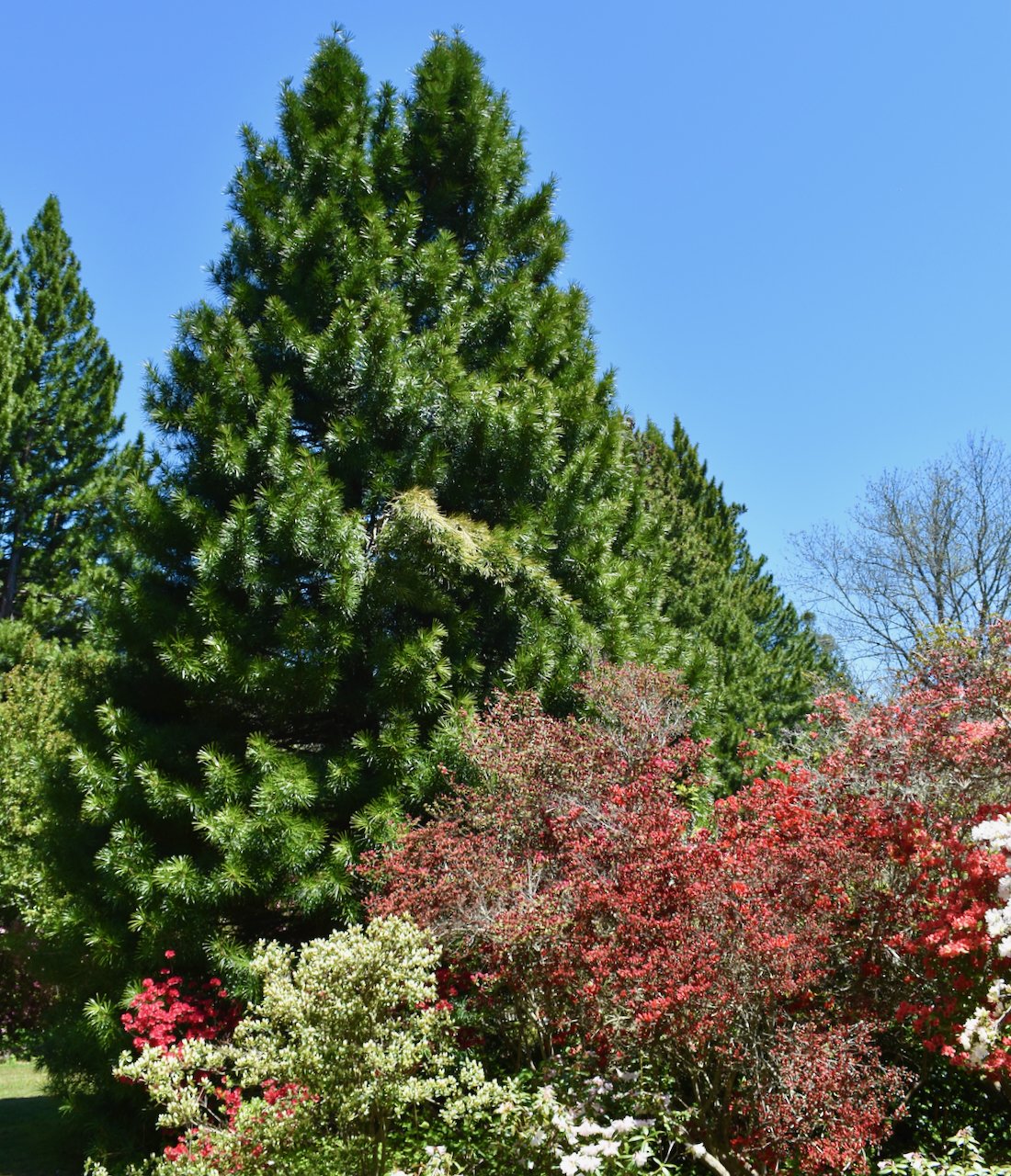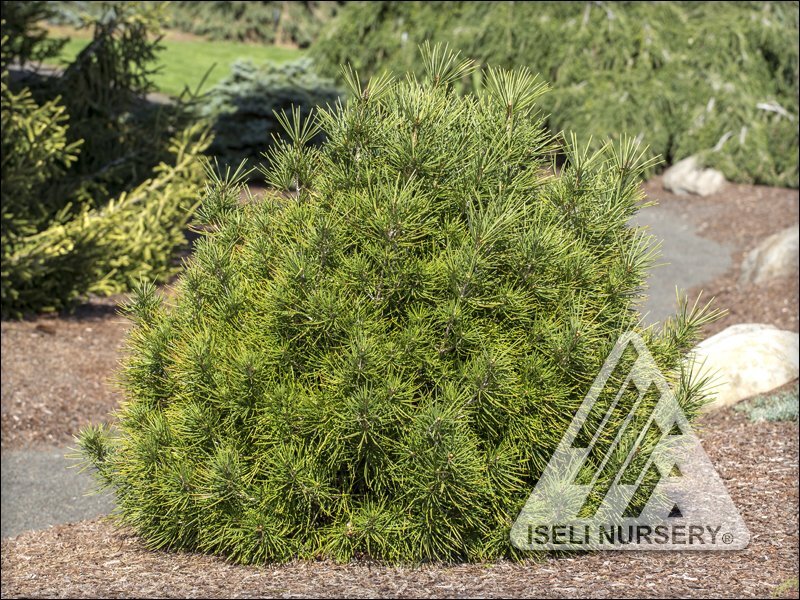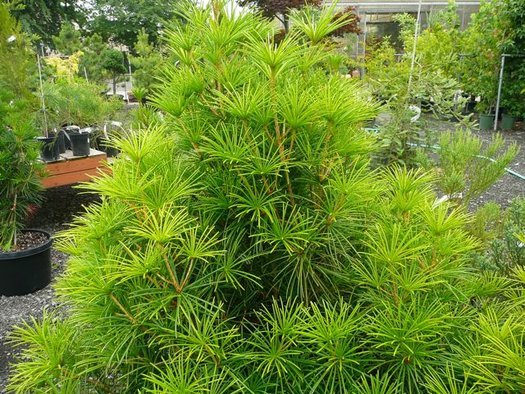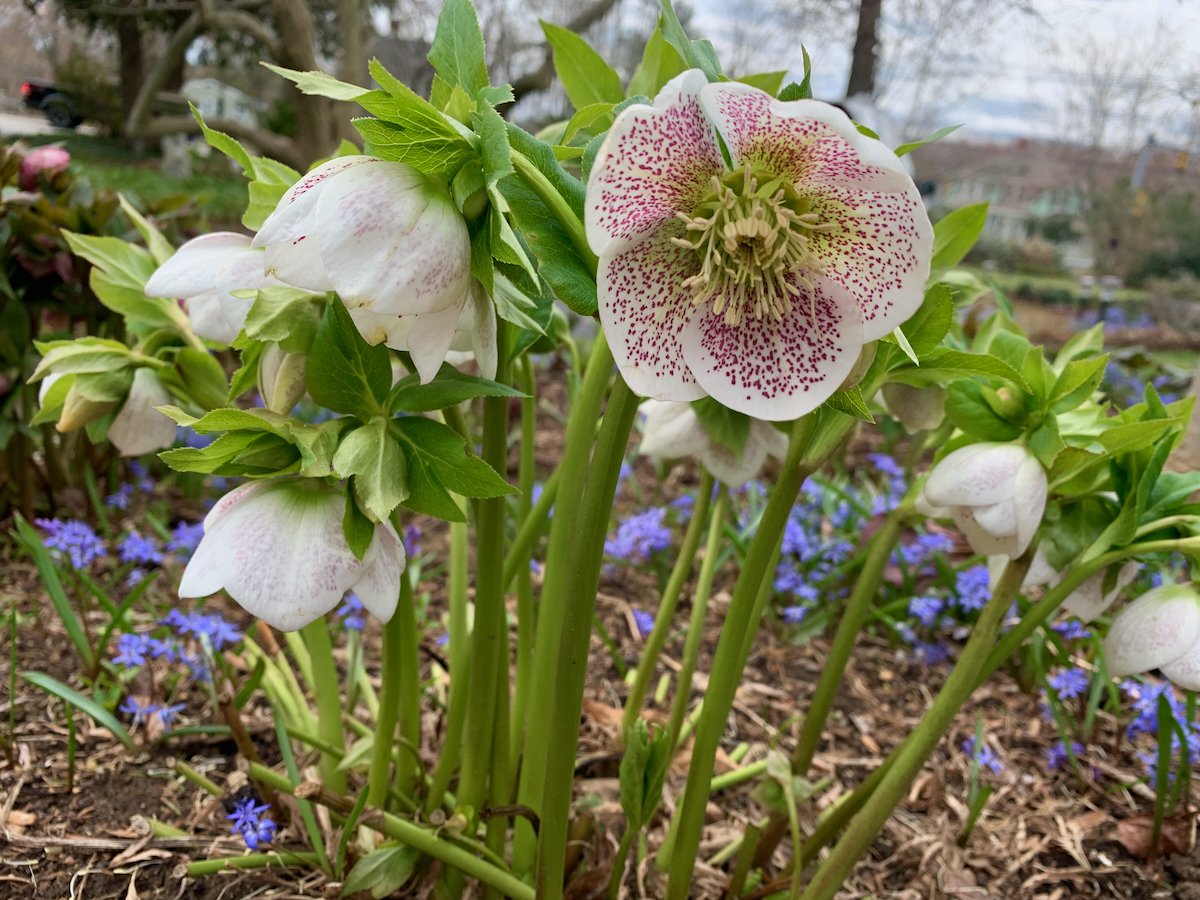Japanese Umbrella Pine: A Living Fossil for the Winter Garden
/One of the most beautiful evergreens for the winter garden is the Japanese Umbrella Pine (Sciadopitys verticillata), a slow-growing specimen that always attracts attention. It is an elegant conifer with long, thick, lustrous needles and a fascinating history.
The Umbrella Pine is actually not a pine at all. It is a coniferous evergreen that is now classified in its own family, the Sciadopitaceae. The Umbrella Pine can be traced to the Triassic period, some 250 million years ago, when the continents were joined and much of North America was near the Equator. At that time, the Japanese Umbrella Pine and its then-numerous relatives flourished in what is now Eurasia, northern Europe and northern North America. But as the continents moved and flowering plants replaced conifers, the Umbrella Pine’s range and species diversification shrank. Today, this once successful family is reduced to just one species growing in the cool cloud forests of central Japan at elevations of 1,500-3,000 feet.
Enthusiasts and collectors of unusual and historical specimens consider the Umbrella Pine a “living fossil”. A living fossil is any living species of plant or animal with no known close relatives outside of the fossil record. Growing a living fossil in the home garden is one way to help preserve rare or endangered plant species since it increases their geographic range. Other trees that are considered “living fossils” include the ginkgo (Ginkgo biloba), Dawn Redwood (Metasequoia), and Monkey Puzzle Tree (Araucaria araucana). For more examples of living fossils, visit the Arboretum at Dinosaur State Park in Rocky Hill, Conn., which displays more than 250 species and cultivars of trees and shrubs from the Dinosaur Age.
Japanese umbrella pines frame the entrance to the dinosaur state park in rocky hill, Ct.
Francis Parkman, a Boston historian with a passion for gardening, was the first to grow this conifer outside Japan. In 1861, he was sent the first Umbrella Pine - along with the first Japanese maples to be grown in America - by George Hall, an Oriental trader. Parkman named this unusual conifer Japanese Umbrella Pine because the whorl of stiff flattened needles at the end of each shoot resembles the spokes of a Japanese umbrella.
Although the Umbrella Pine has a narrow growing range (Zones 5-7), it is an ideal tree for much of New England. It enjoys moist, acidic, well-drained soil, full to part sun, a sheltered location, and is not subject to diseases or pests. In nature, it grows as a 120-foot tall tree with a dense, symmetrical growth habit and reddish-brown bark that exfoliates in shreds. In the garden, it is very slow growing - often making only 6 inches of growth a year to a height of 25-40 feet. The luxuriantly rich evergreen needles are 2 to 5 inches long.
As the tree ages, 3- to 6-inch-long oval-shaped, brown pine cones will appear. Even the pine cones are slow growing – they take almost two years to mature after pollination. Because of its slow growth rate, the Umbrella Pine can be used in rock gardens. It makes a unique addition to the home landscape as a specimen or lawn tree, or even as part of a foundation planting. Attractive, unusual, but somewhat pricey, this long-lived conifer will be a prominent focal point in any garden setting.
Japanese umbrella pines frame a collection of azaleas at the kinney azalea Garden
New cultivars from Iseli Nursery include ‘Joey Cozy’, an upright, narrow variety that grows to 20’ high and withstands snow load due to its shorter branches. ‘Picola’ is a dwarf variety which grows to 4’, and ‘Richie’ grows to only 12’ high and features yellow spring growth.
You Might Also Like





